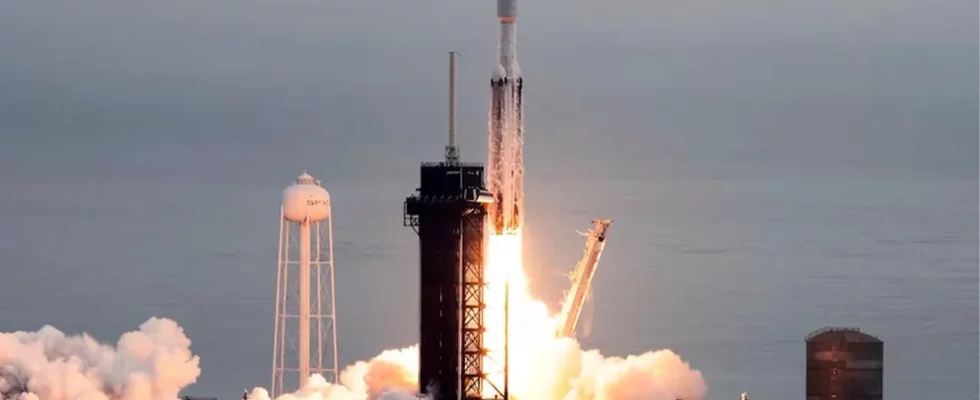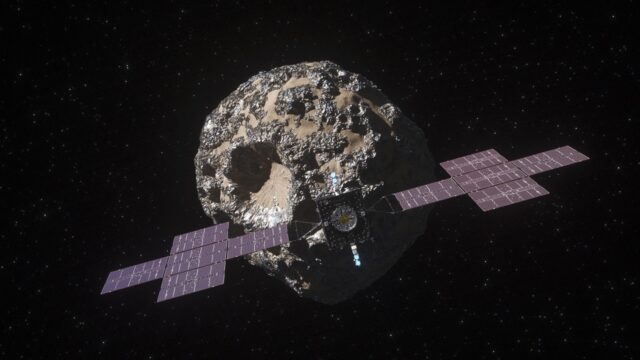NASA’s Psyche spacecraft took off on a SpaceX Falcon Heavy rocket earlier today. The spacecraft has a long way to go to reach its target. Officially headed for Asteroid Psyche, a metal-rich asterite. This mission hosts firsts. For the first time, NASA used SpaceX’s larger rocket to launch its science mission. Here are the details…
The Psyche spacecraft is on its way to its asteroid!
Days before NASA’s new Psyche mission, news emerged that the launch would be postponed due to adverse weather conditions. But nothing could stop this mission. The Psyche spacecraft was launched with SpaceX’s Falcon Heavy rocket.
Falcon Heavy took off from NASA’s Kennedy Space Center at 10:19 am. The spacecraft successfully separated from the top of the rocket just over an hour after liftoff. NASA engineers also managed to contact him shortly before noon.
The Psyche spacecraft is now on its way to the asteroid from which the mission takes its name, located in the main asteroid belt between Mars and Jupiter. His journey will be quite long. We’re talking about a journey of 2.2 billion miles that will take six years. The spacecraft will also carry out an important mission for NASA before reaching its target. The increase in the number of satellites worried the space agency about the signal. Therefore, the Deep Space Optical Communication experiment is important for the satellite-ground systems project. If successful, it will extend optical communications beyond the Earth-moon system.
The minibus-sized spacecraft will reach Mars in May 2026. It will use that planet’s gravitational field to propel itself towards the target asteroid. Once there, Psyche will examine an asteroid with a metal surface.
It will also spend 26 months in orbit around the metal-rich asteroid for this mission. The spacecraft will take multispectral images. In this way, it will map the asteroid’s surface. Additionally, the spacecraft will study its chemical and mineral composition. The spacecraft will use instruments such as a radio antenna and spectrometer to study the asteroid’s gravitational field and high-energy particles.

